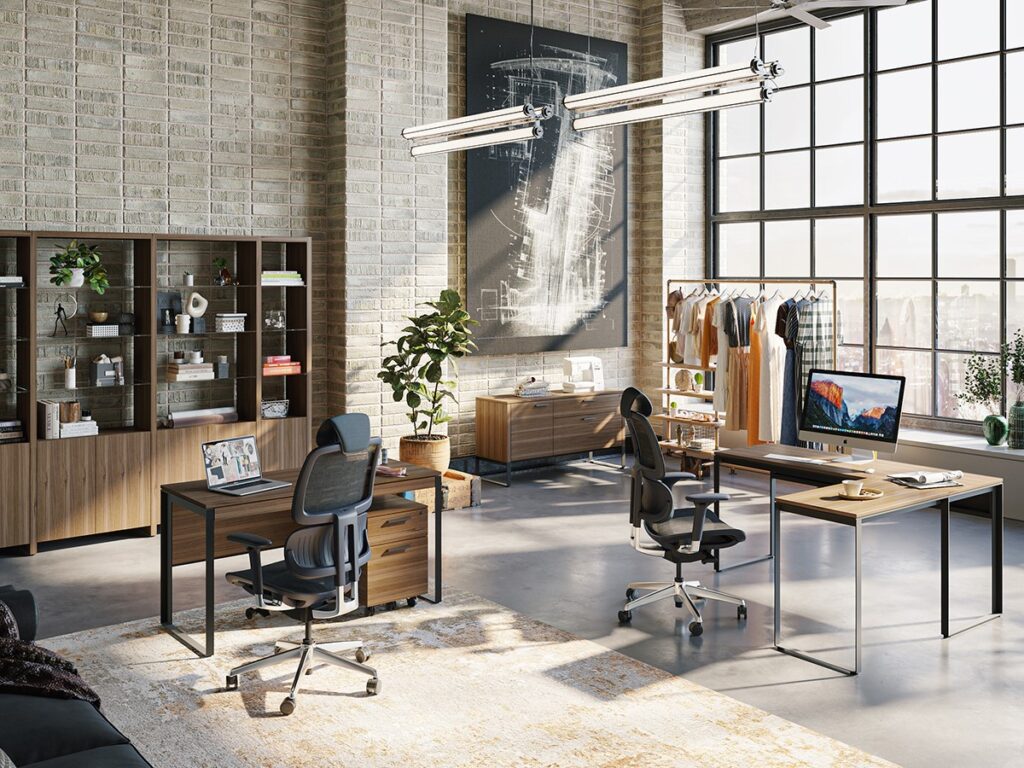Collaborative workspaces are integral to modern businesses, facilitating productivity, communication, innovation, and decision-making. Whether you’re already in a collaborative environment or considering setting one up, here are six tips to optimize its effectiveness.

- Embrace Diversity in Spaces
Avoid the one-size-fits-all approach by diversifying your workspace. Instead of a large communal table, create various areas tailored to different types of interactions. Incorporate standing desks, movable laptop tables, and larger collaborative desktops to offer employees flexibility in choosing their work environment based on their current needs.
- Design Multi-Use Spaces
Multi-use spaces serve both collaboration and practical purposes. Areas like eat-in kitchenettes, library nooks, and media rooms provide opportunities for relaxation, research, and brainstorming sessions. Huddle spaces equipped with whiteboards and tackable surfaces encourage creativity while documenting ideas in real-time.
- Consider Seating Arrangements
Not all employees thrive in the same seating arrangements. Design your workspace to accommodate various work styles and preferences. For example, writers may prefer proximity to designers for collaboration, while sales teams may require separate spaces for uninterrupted phone conversations.

- Prioritize Technological Integration
Incorporate technology seamlessly into your workspace to enhance productivity. Provide stations with large display monitors compatible with laptops for efficient multitasking. Invest in desks with built-in cable management to maintain a clutter-free environment conducive to focused work.
- Respect Focus Time
Encourage collaboration while respecting individual focus time. Research suggests that seeking help boosts performance, but uninterrupted work periods are essential for productivity. Establish clear guidelines for “do-not-disturb” time to balance collaboration with concentrated work efforts.
- Customize According to Needs
Recognize that there’s no one-size-fits-all solution for collaborative workspaces. To create an optimal environment, gather feedback from employees to understand their preferred working styles. Balance their needs with management objectives to design a workspace that fosters productivity and collaboration.

In conclusion, by embracing diversity, designing multi-functional spaces, accommodating diverse seating preferences, integrating technology thoughtfully, respecting focus time, and customizing according to employee needs, you can create collaborative shared workspaces that enhance productivity, communication, and creativity within your organization.









Leave a Reply